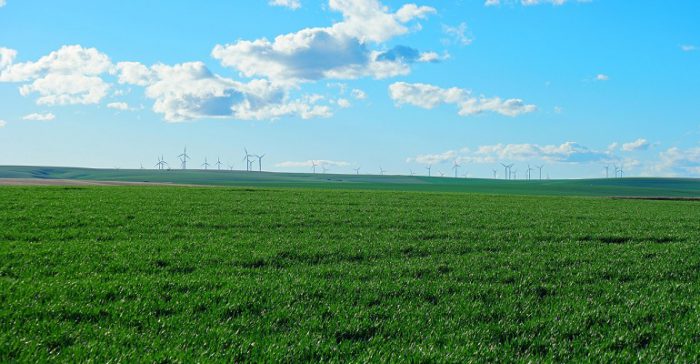How the Clean Power Plan Can Accelerate Renewable Energy and Efficiency
UCSUSA, March 24, 2016. Image credit: russmac
Eight key takeaways from the new analysis
- The CPP helps speed up the shift toward a cleaner, more diversified mix of low-carbon power sources. Under the CPP National Trading Case, renewable energy accounts for 21 percent of the power supply in 2030, while savings from energy efficiency investments are equivalent to 7 percent of total electricity sales in that year (see figure 1). Compared with a Reference Case (e.g. no Clean Power Plan) projection, generation from coal and natural gas plants is 22 percent and 2 percent lower, respectively, in 2030. To provide for the increased renewable energy generation under the CPP, the United States adds more than 200 gigawatts of wind, solar, and geothermal capacity above current levels by 2030. This deployment represents nearly $189 billion in cumulative renewable energy investments in the United States. In addition, more than $64 billion in energy efficiency improvements are made in homes, businesses, and industries by 2030.

Figure 1. The Clean Power Plan helps accelerate our nation’s transition toward a more diversified portfolio of cleaner energy sources. - The clean energy growth spurred by the CPP makes economic sense for consumers. While average electricity bills for a typical household that are modestly (3.2 percent or $2.50 per month) higher than the Reference Case in 2022, they would see small net savings of 1.1 percent, or $0.81 per month by 2030. Diversifying the power supply with more renewable energy and efficiency also limits the consumer impacts from increases in fossil fuel prices.
- Auctioning of carbon allowances would generate significant revenues that can be used for public benefit in all states. By setting a carbon cap and issuing allowances equal to state CPP targets, auctioning those allowances, and participating in an interstate carbon trading program, states can generate a combined average annual revenue of $17.8 billion from 2022 to 2030 under the CPP National Trading Case (see map).

Figure 2. State-by-State Average Annual Carbon Revenues from Auctioning Allowances under the CPP National Trading Case, 2022–2030


